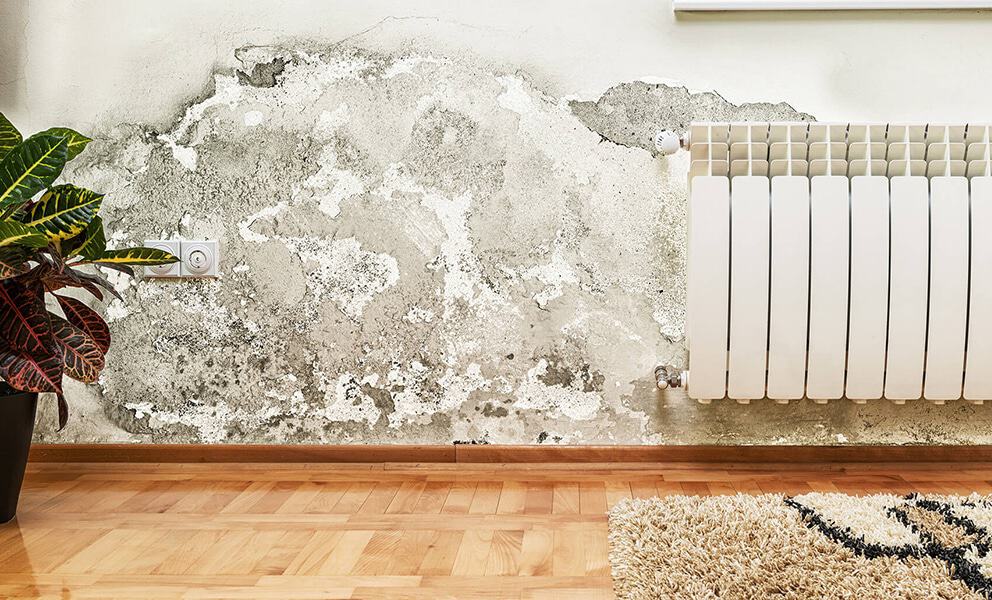
It can cause a lot of problems to your property, not to mention your health. But fortunately, there are effective ways to combat rising damp.
Here's a comprehensive guide on how to stop rising damp in your home.
Identifying rising damp in your home is important for proper treatment. Here are the key signs to look for:
If you notice any of these symptoms, it's time to take action. So, how do you stop rising damp?
One of the first steps in combating rising damp is to improve the drainage and ventilation around your property. Ensure that your gutters and downspouts are clear and functioning properly. Good ventilation, especially in basements and crawl spaces, is also very important as it helps to reduce the amount of moisture in the air.
Fixing cracks or openings in your home's foundation is essential to stop moisture from getting in, which helps prevent rising damp. It's important to seal these gaps quickly, as they are common ways for moisture to enter your home.
Additionally, putting a waterproof layer on your exterior walls adds more protection against dampness. This combination of sealing the foundation and waterproofing the walls is a key step in keeping your home dry and safe.
A damp-proof course (DPC) is a protective barrier in the walls of a building, often made from materials like slate, plastic or bitumen, designed to stop dampness from rising up through the walls.
If you live in an older home that doesn't have a DPC (damp-proof course) or it's damaged, consider installing a new one or fixing it. It is really effective in helping protect your home from rising damp and related issues.
Rising damp can be a tough problem, but you can manage and even stop it with the right steps. This includes better drainage and air flow in your home, as well as trying new solutions like CorkSol’s SprayCork.
Our natural coating acts as a water-repellent layer, which can stop rising damp in its tracks to prevent it entering your building. Best of all, we have a network of approved applicators across the UK who are fully trained to apply SprayCork to the highest standards.
To find out more, call us on 01484 442420 or email [email protected].
"*" indicates required fields